
A LUCKY BREAK IN BRAZIL
You don’t get what you go for; you get what you get.
This is my main motto in photography, useful as a consolation when a photo shoot doesn’t work out as planned. What you get is often not what you set out for, a disappointment. You nonetheless have to make the best of whatever you encounter.
Sometimes though, what you get can be better than what was intended. It happened recently in Brazil.

As I planned this trip I was in a photographic quandary. Shall I or shall I not take my wildlife photo gear with me?
The purpose of the trip was social, my son’s wedding to a Brazilian woman in Valença, a small town near Rio de Janeiro. We also planned a few days of sightseeing in Rio. Couldn’t I just use my cell phone for pictures?
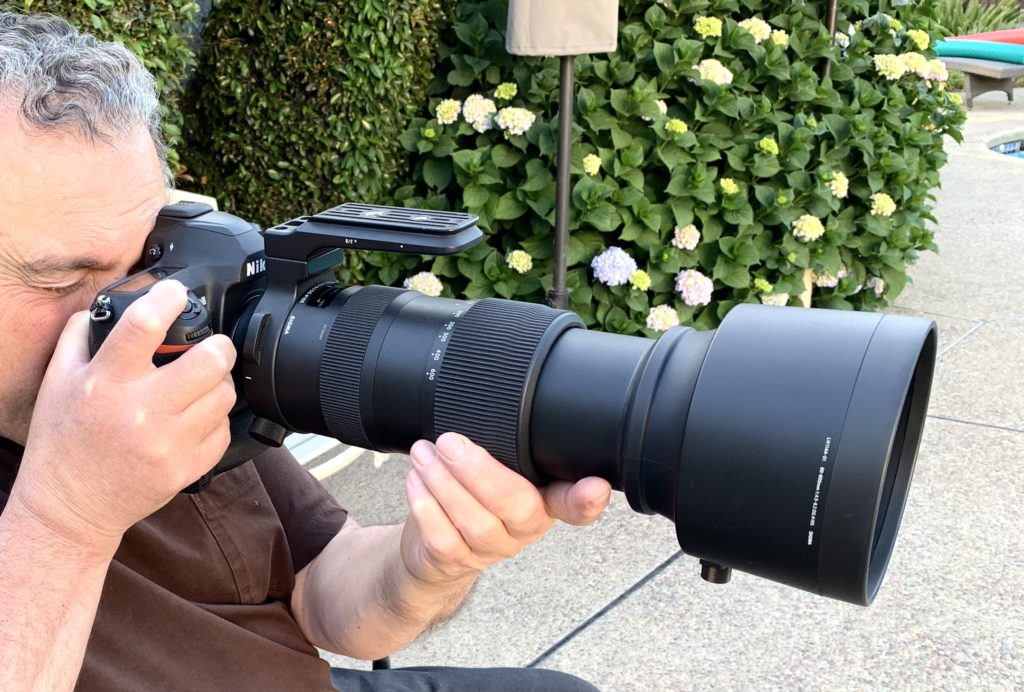
My main camera, a Nikon D6 with a Sigma 60-600 Sport lens, is not tourist friendly. It is humongous, weighing around fourteen pounds. I can’t carry it on a shoulder strap; it hurts my back. I have to haul it by hand, grabbing the tripod shoe of the lens.
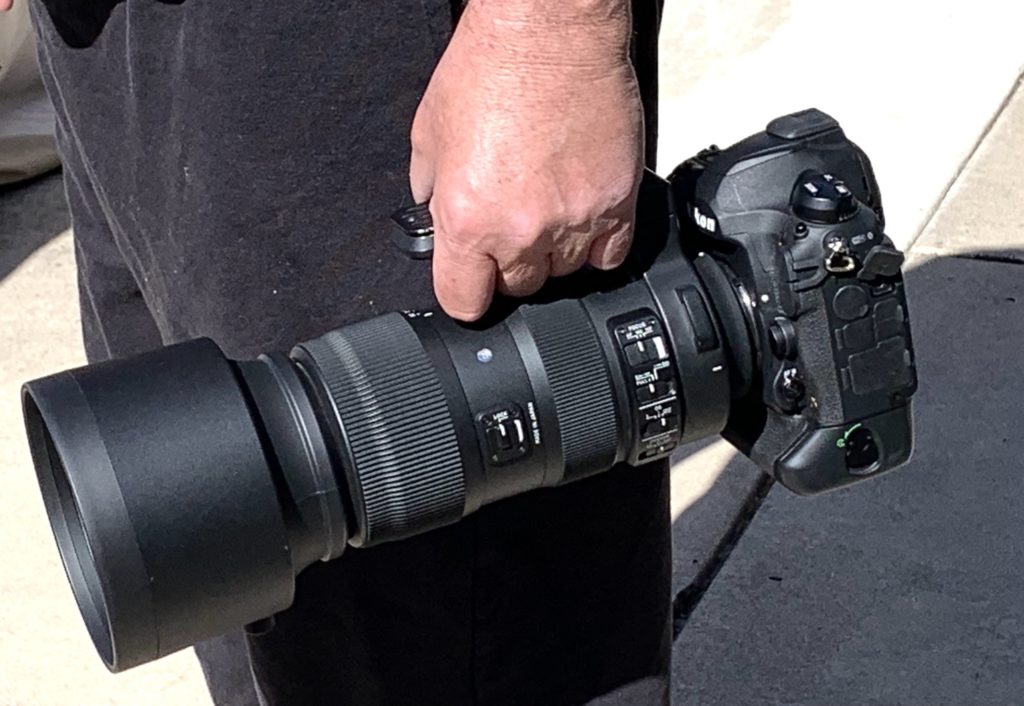
There was another factor to consider: Rampant street crime in Brazil. I was warned not to wear my wristwatch or display a mobile phone, let alone a fancy camera. Imagine walking around Copacabana beach with an expensive camera dangling by my waist. I’d be the easiest target of the day.
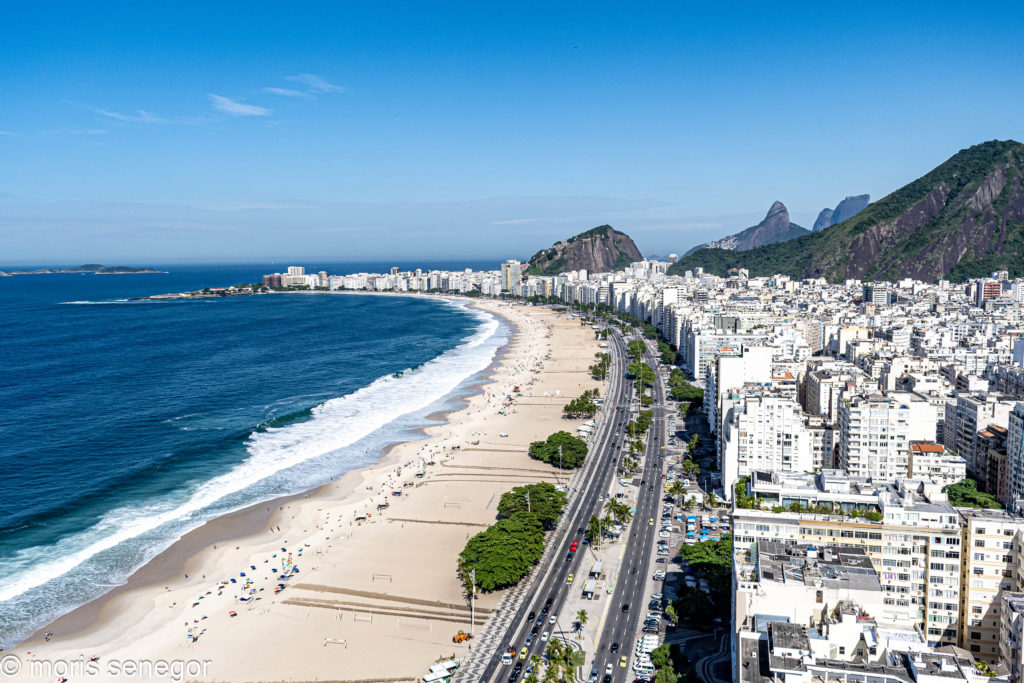
The cell phone idea was nixed when I heard that there are monkeys in Rio. Who knows…I might also encounter some unusual birds. But the monkeys… that did it. I needed something better than a cell phone, but lesser than the D6.
My eventual solution was a new Nikon D500 to go with some old kit lenses that I would not miss if stolen. The D500 was lighter and fit into a backpack. It had a number of features that I consider essential for wildlife: Built-in back button focus, a variety of autofocus tracking options, and most crucial, the ability to shoot in frequent bursts, 10 frames/sec. That’s 600 pictures/minute. Not as amazing as 14/sec (840 pics/min) with the D6, but it would do.
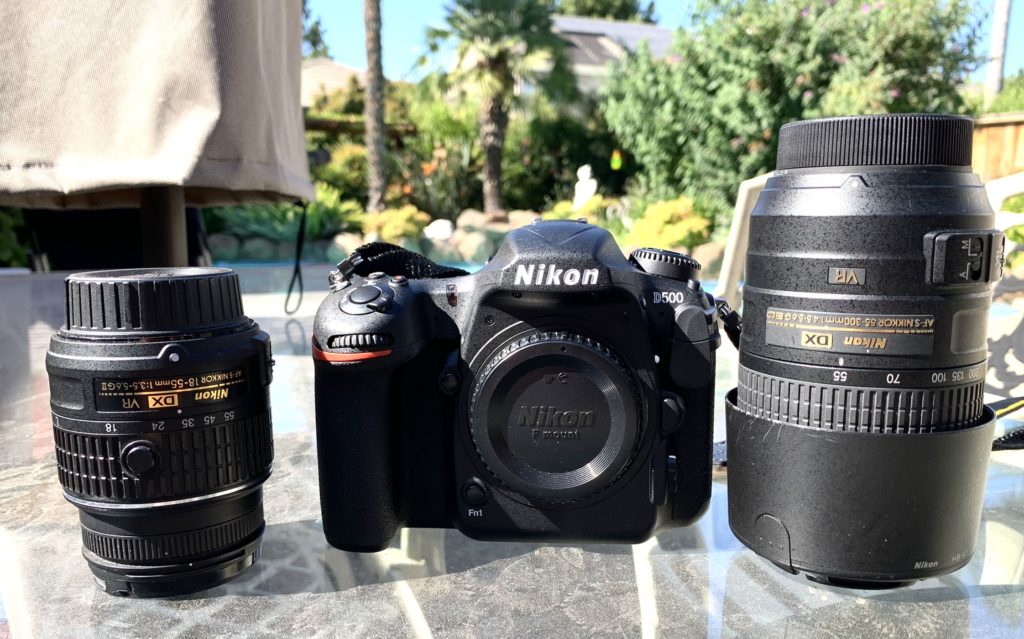
And so, I left for Brazil with the D500 and two lenses, Nikon 18-55 wide angle and 55-300 zoom.
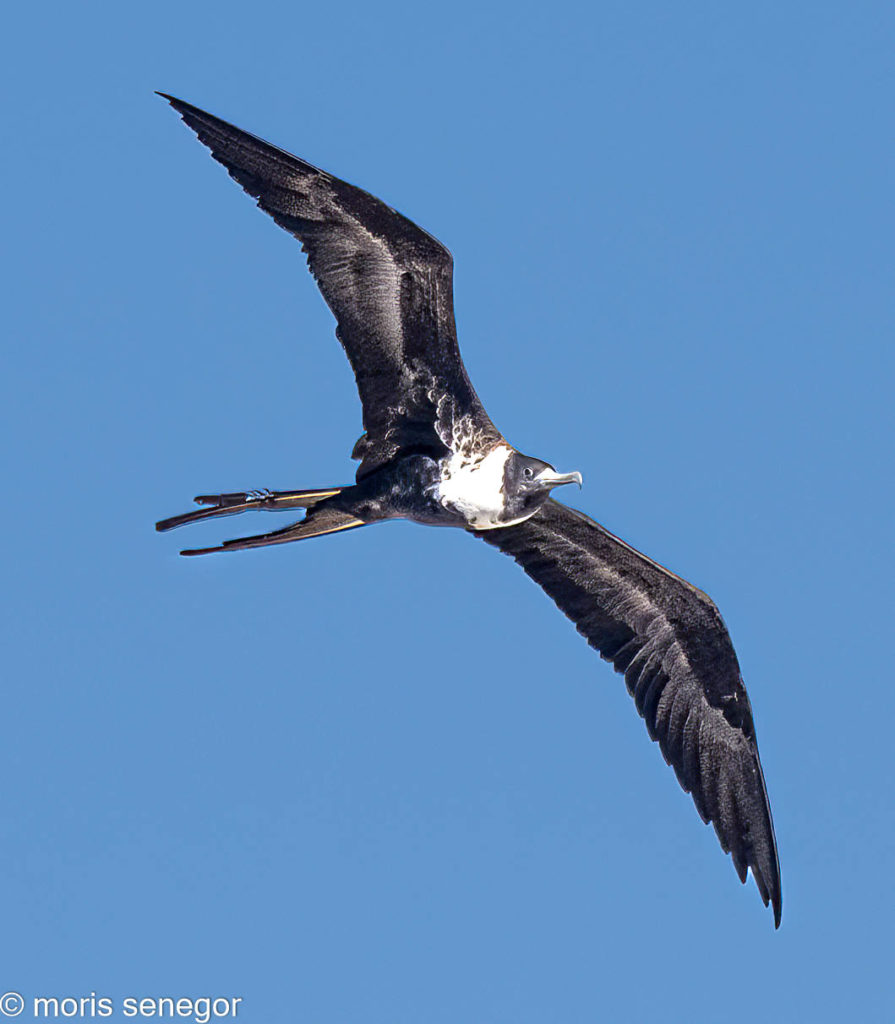
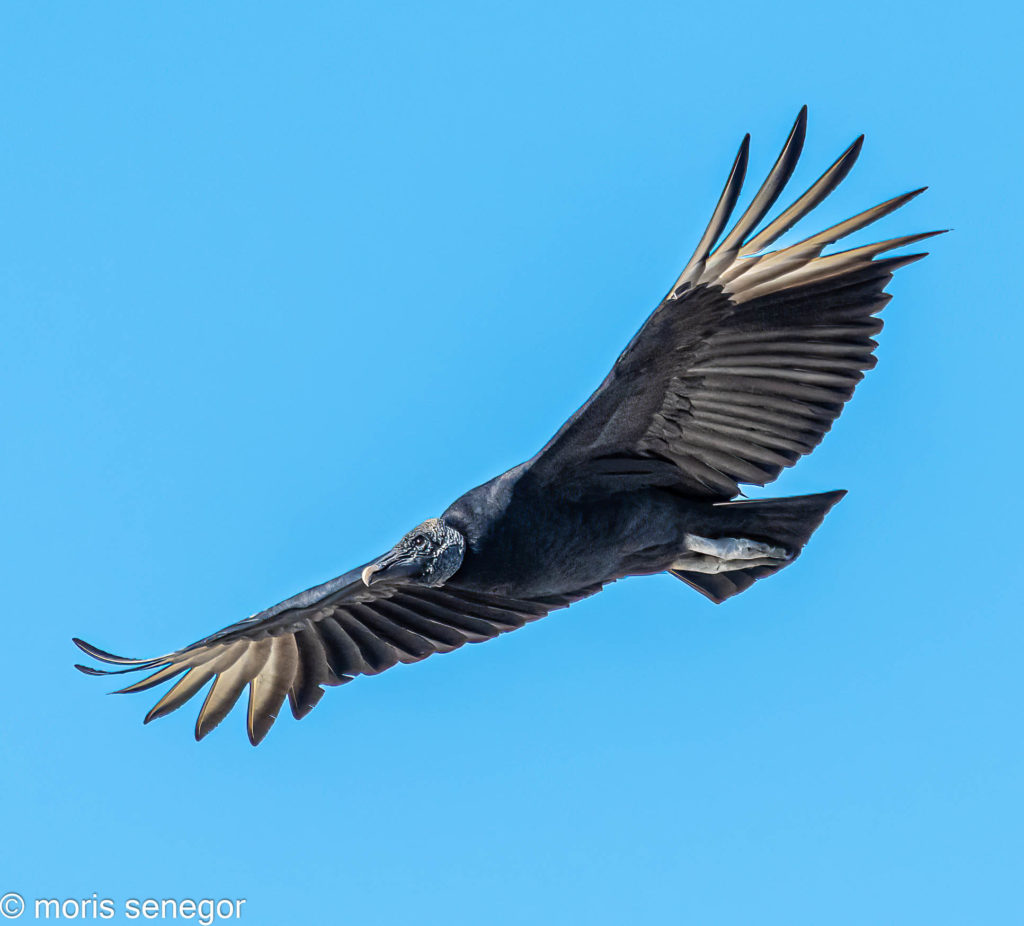
Upon arrival in Rio I was immediately rewarded with huge birds hovering over Copacabana beach, frigates and vultures. They were easy targets, gliding at slow speed atop air currents. The results with the 300 mm lens were good, not as well as the Sigma 600, but they would do.
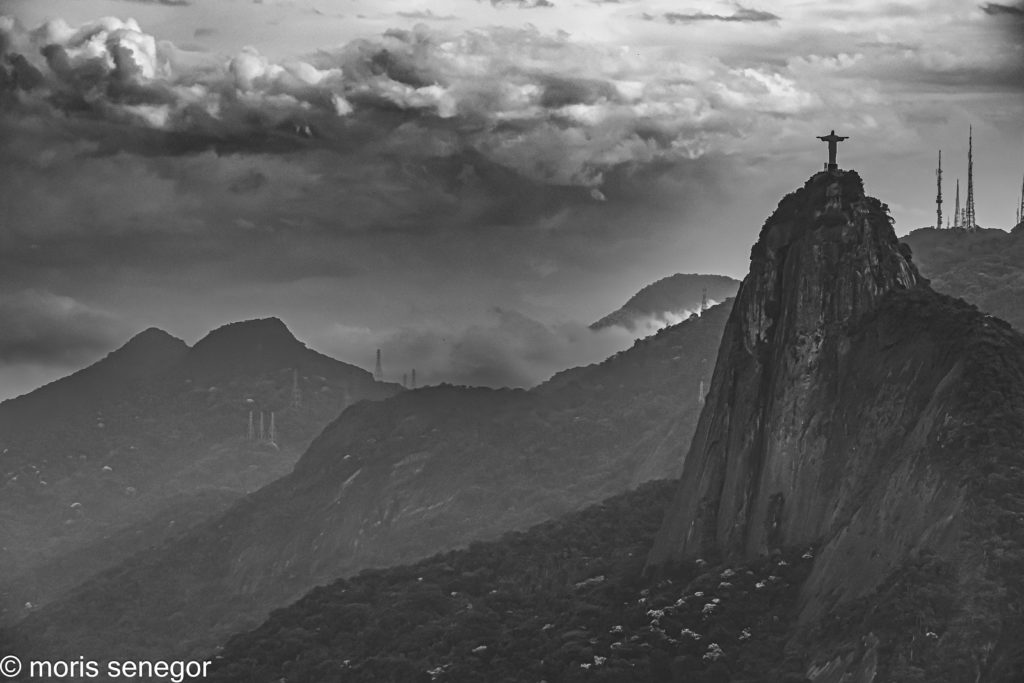
Then came the monkeys. I found them atop Corcovoado hill, beneath the famous Christ the Redeemer statue. The shots turned out great. They confirmed my choice in the gear I had brought along.
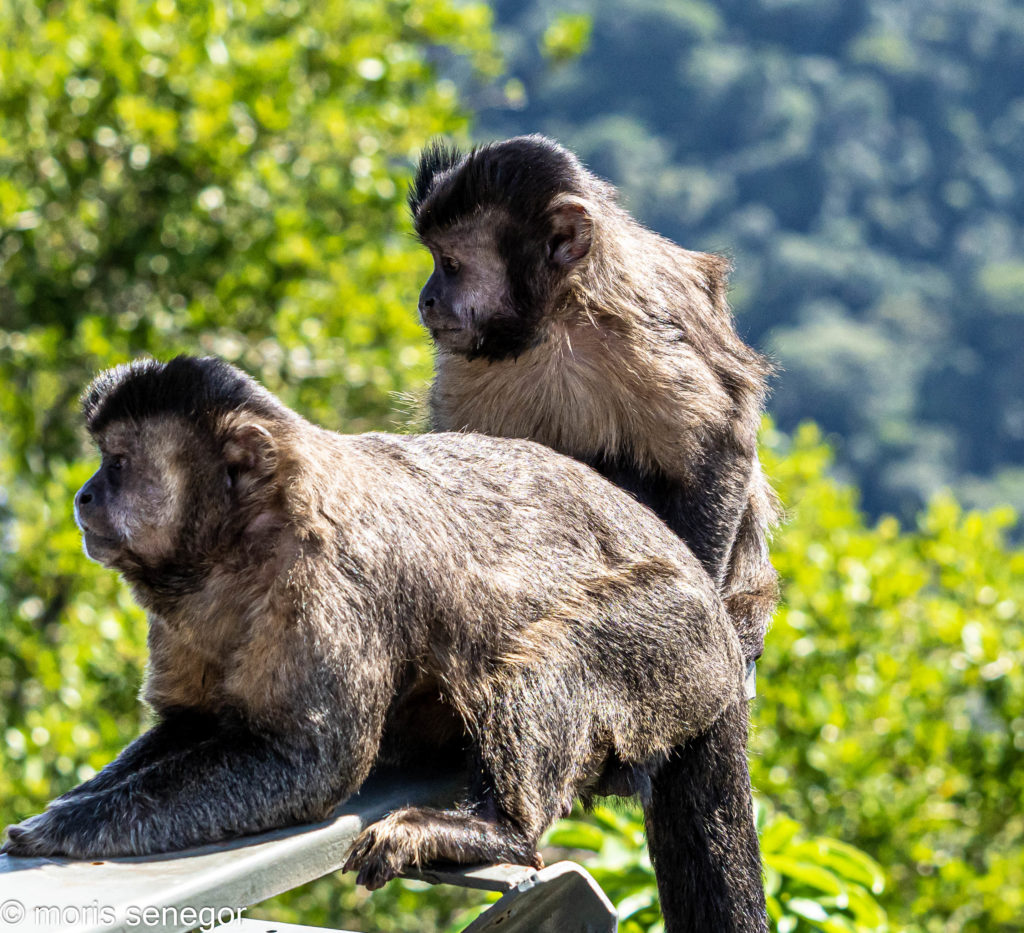
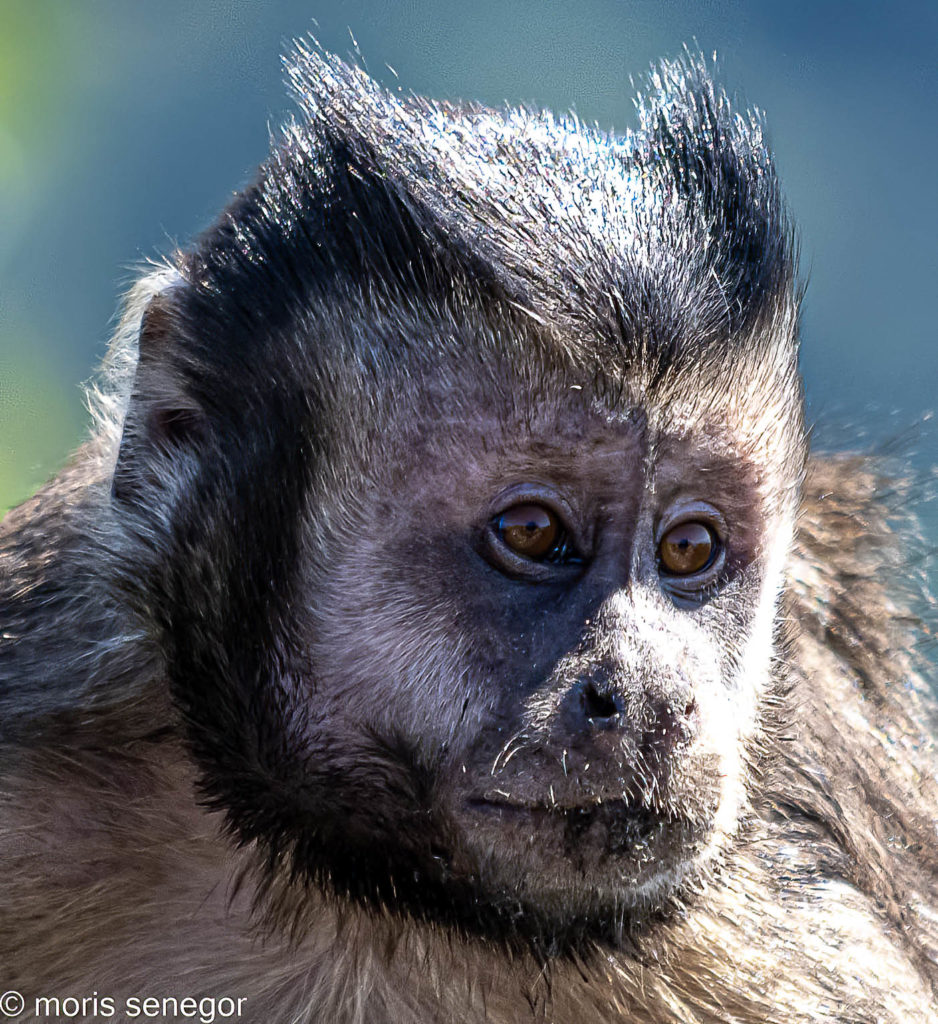
I thought I was done. Little did I know what was yet to come in Valença.
Valença is a small inland town in a hilly, forested area. Our lodging was a resort hotel with spacious grounds full of lush vegetation and exotic birds. I shot some of these immediately upon arrival. Easy shots, since none were in flight.
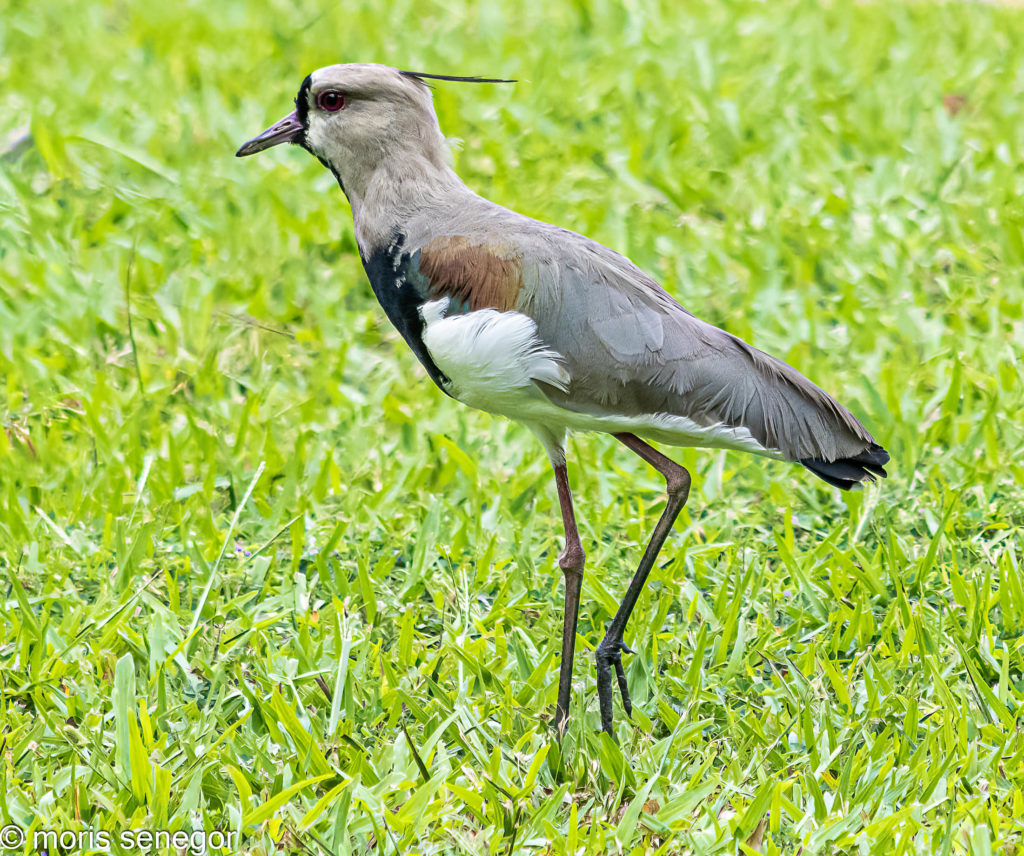
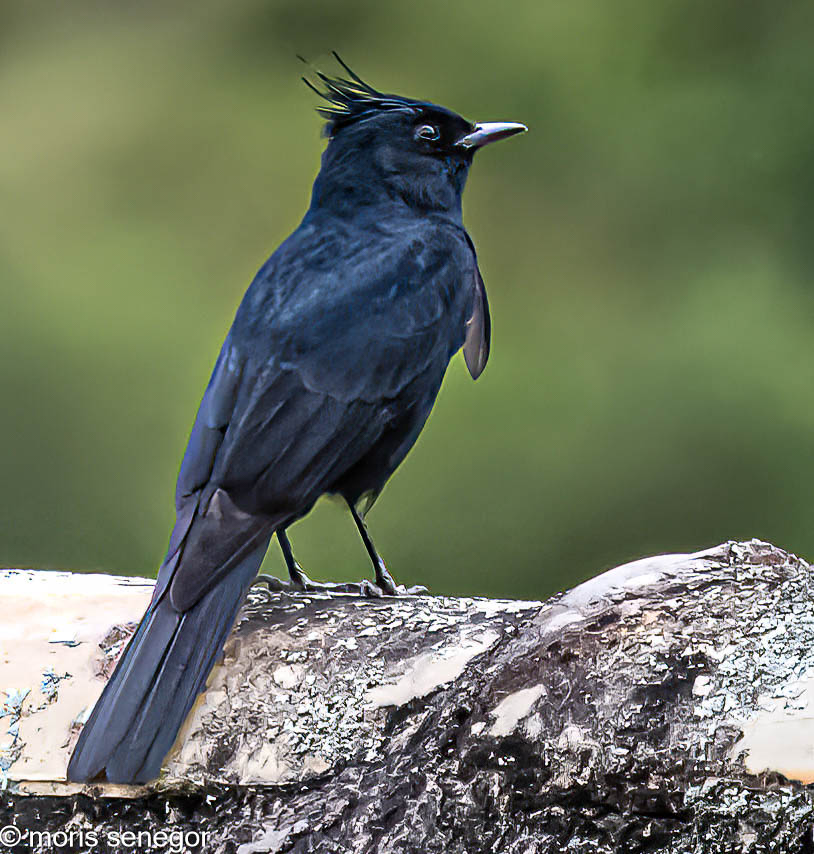
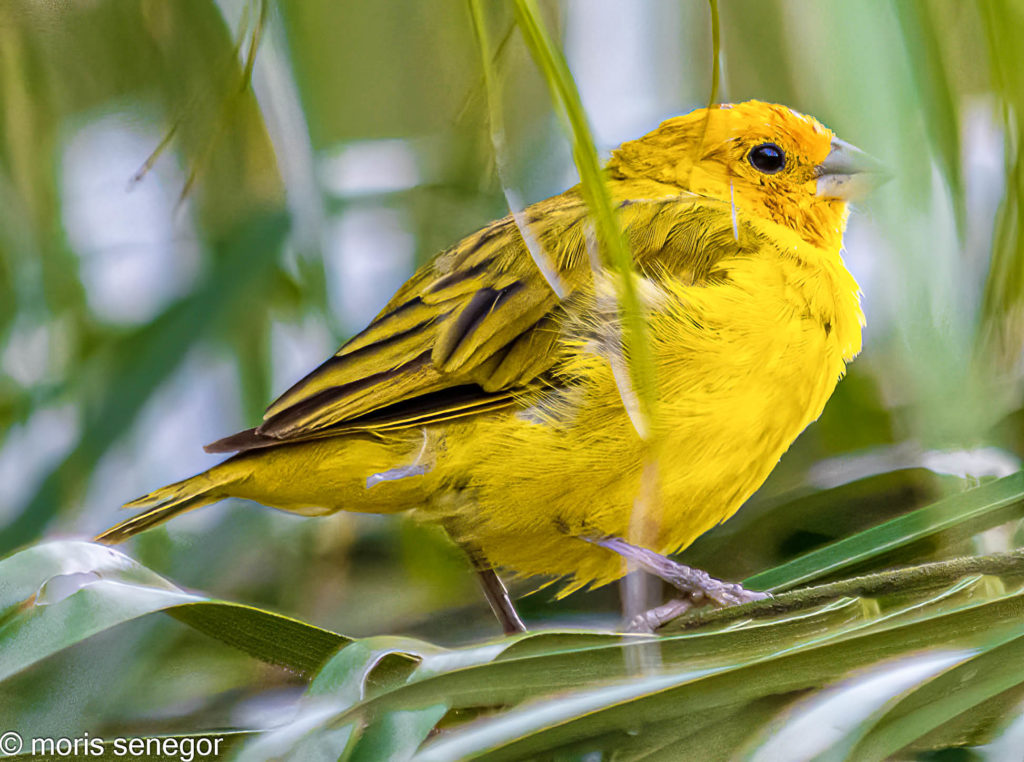
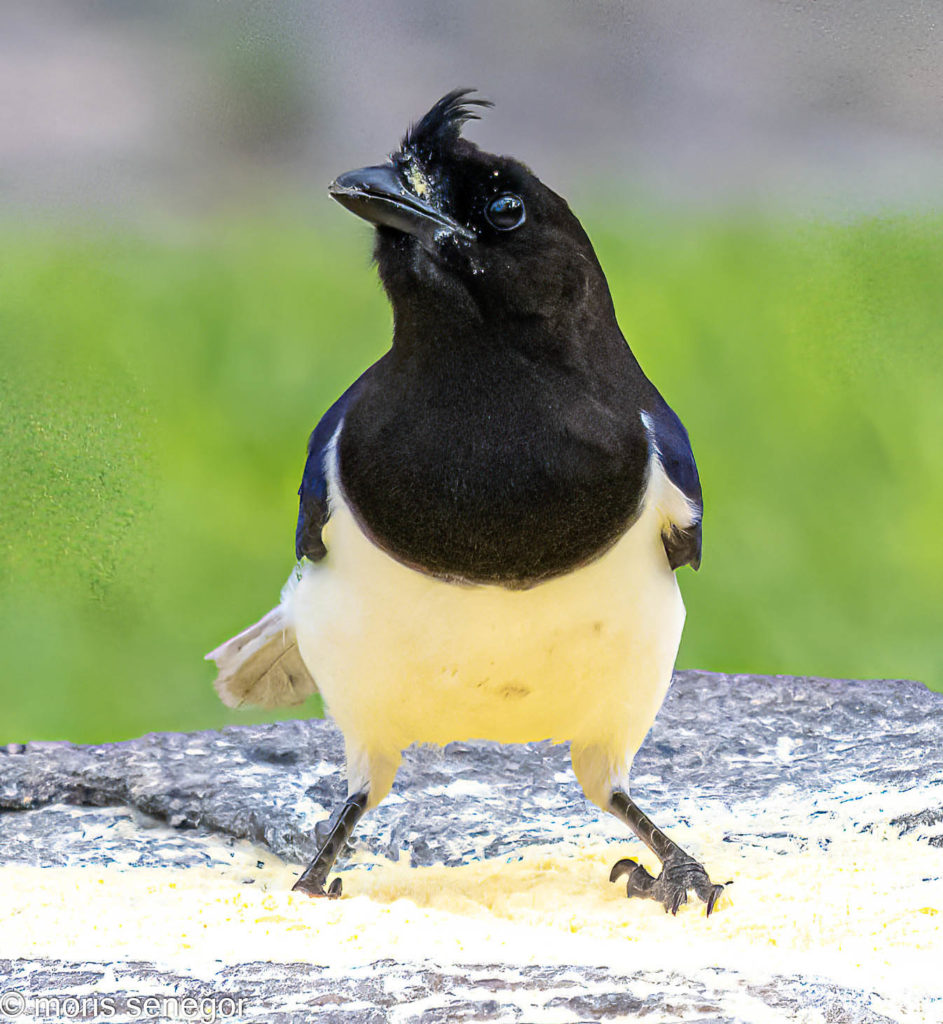
I heard that there was a toucan in the property but didn’t spot it.
The morning after the wedding, as we were packing, ready to check out, I saw the toucan for the first time from my second story balcony. It was perched on a tree thirty yards away. Excited, I rushed into my backpack and pulled out the D500. It already had the 55-300 lens attached. I hurried back to the balcony and was dismayed to see the bird fly off. I instinctively raised the camera and took a burst of shots as the toucan flew past me and beyond.
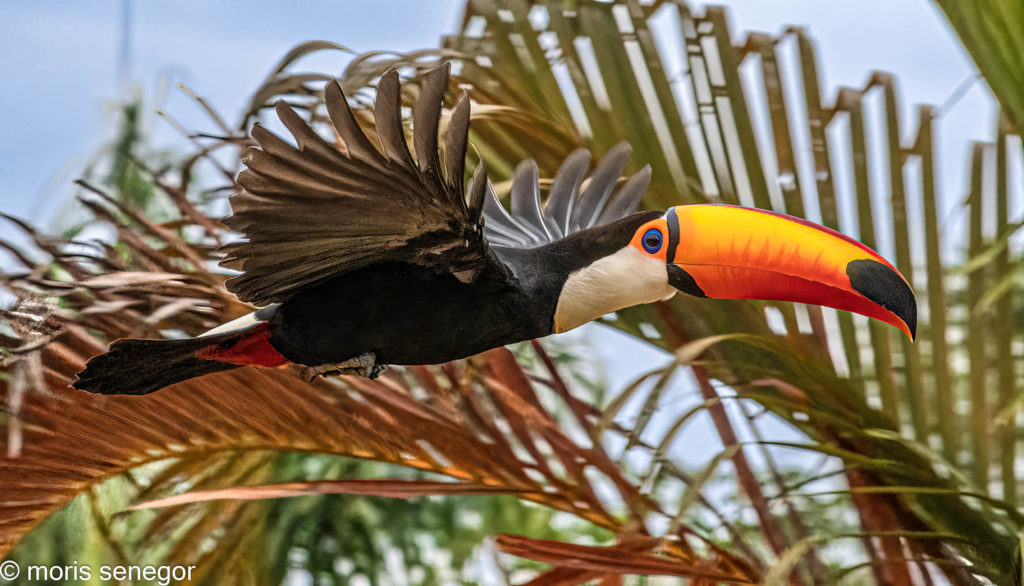
It all happened in a split second. There had been no time to check the settings of the camera. Looking at my LCD screen I was thrilled to see that I had captured it. As it turned out, I had left the D500 set for birds in flight: shutter priority at 1250, continuous autofocus with a good tracking option, auto ISO, and with the shutter ready for bursts.
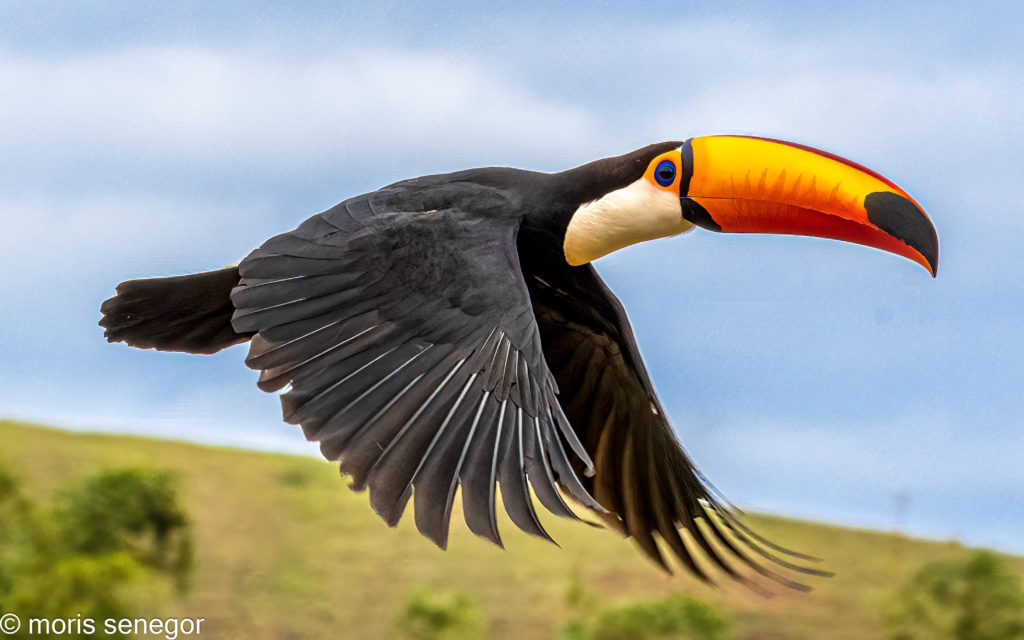
What a lucky break! Had the camera been set for say, landscapes, the toucan would be a blur. It flew fast.
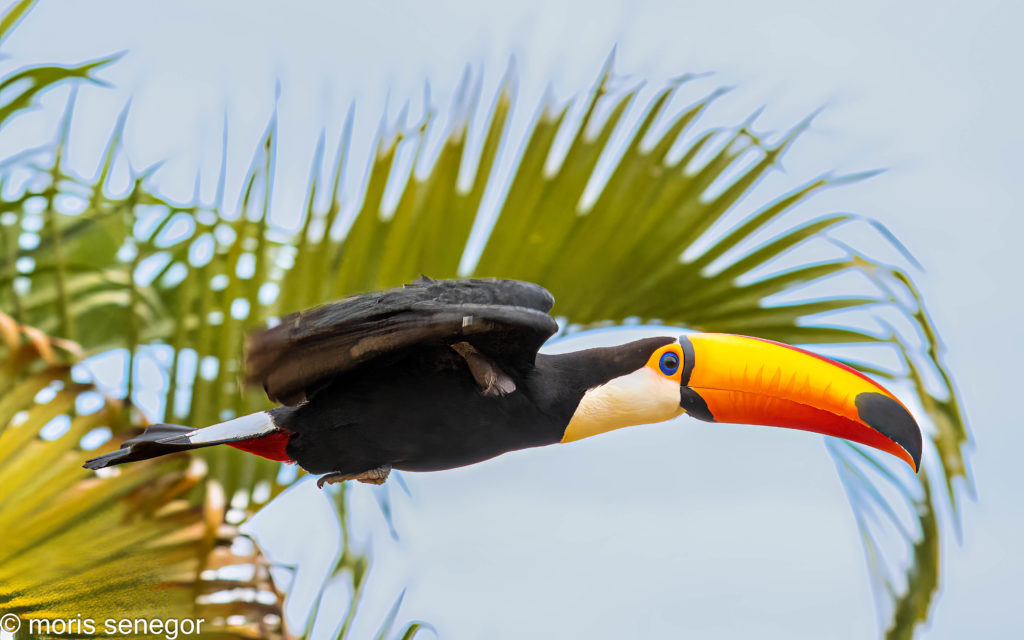
Afterwards I ran into some guests downstairs at reception who had spotted the same toucan at the front entrance. I went searching for it and found it on a nearby tree. I could now approach it leisurely, in slow steps, careful not to scare it away.
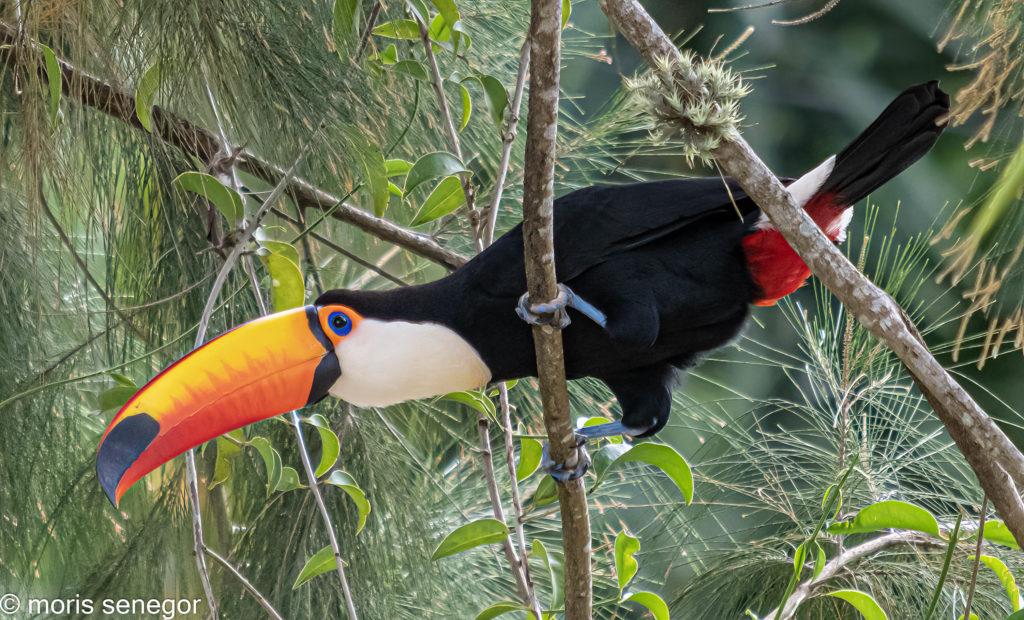
The toucan eyed me with cautious curiosity but stayed put. As I began shooting, it moved from branch to branch, presenting different poses. It was well illuminated in a mid-morning back-light, another lucky break.
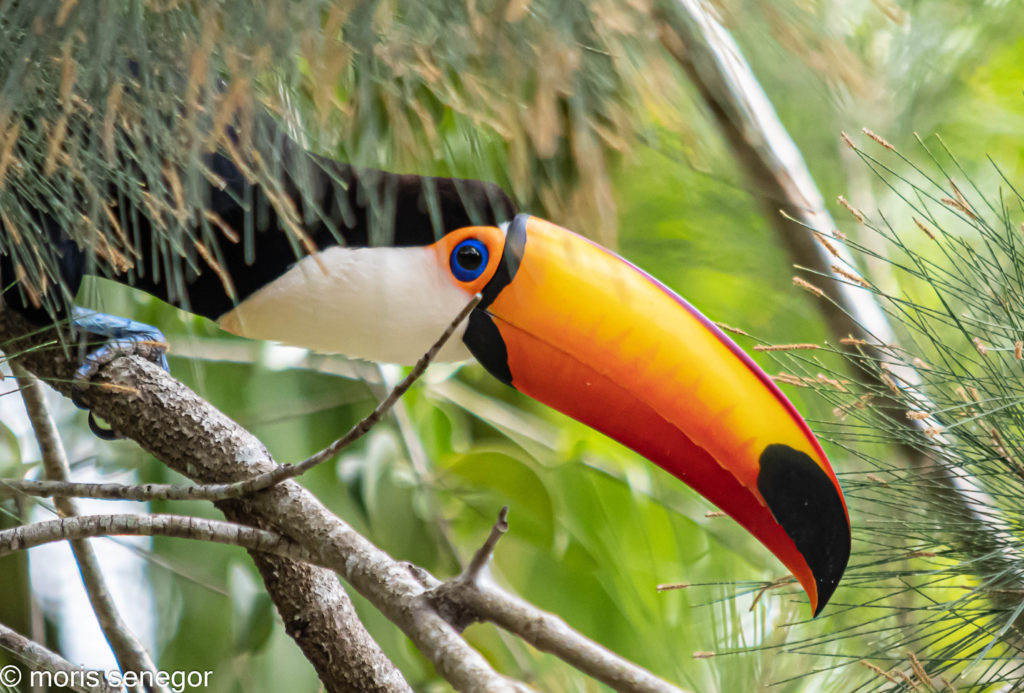
And so I ended up with a set of amazing shots despite my inferior gear. It was a matter of seizing the moment and making the best of it, my camera nearby and ready.
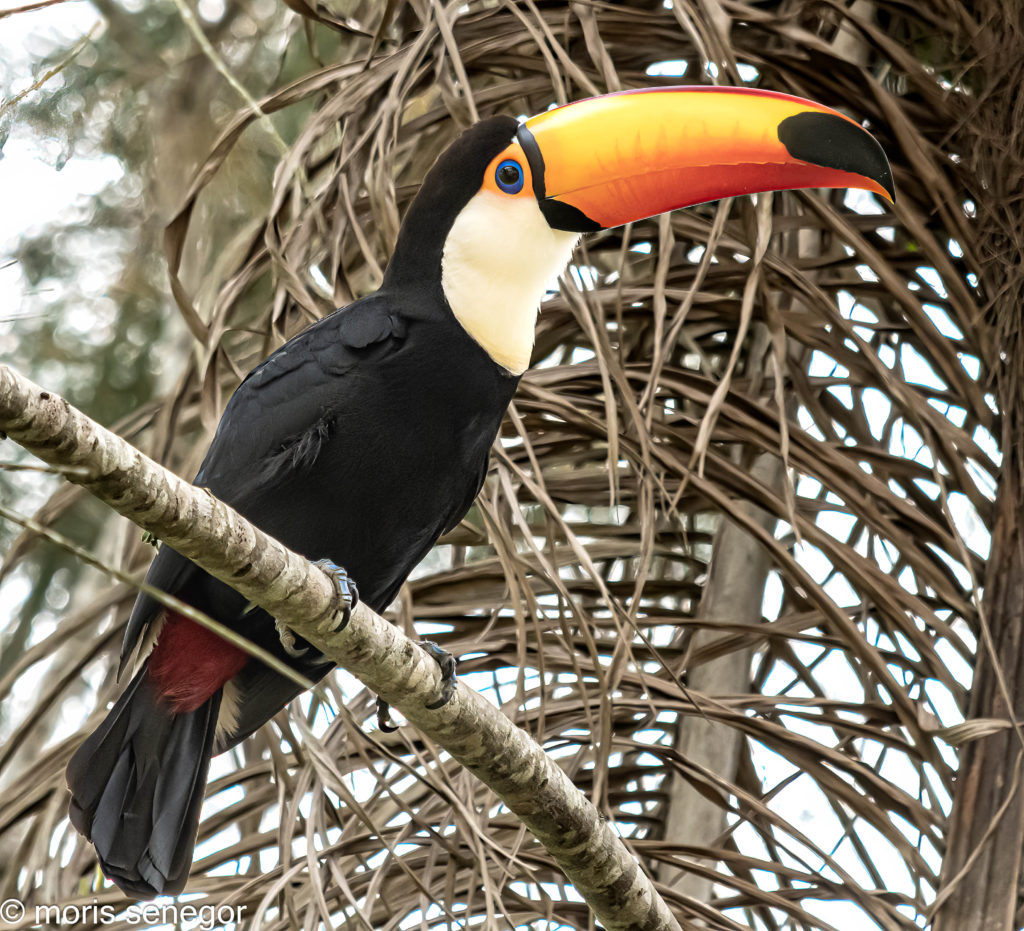
I bought the D500 to shoot monkeys. I realized this goal and one-upped it.
You get what you get. It may be my solace in disappointment, but it applies equally well in triumph!






